The Rise of the Pay Us What You Owe Us Movement
The Pay Us What You Owe Us Female Basketball Player Shirt emerged from years of systemic pay disparities in professional sports. Female athletes have long been undervalued despite their skill, dedication, and ability to draw audiences.




The Origins of the Movement
The phrase “Pay Us What You Owe Us” gained traction after high-profile female basketball players publicly criticized the wage gap between men’s and women’s leagues.
Unlike male athletes who earn millions in salaries and endorsements, many female players struggle to make a sustainable income.
The shirt became a rallying cry, uniting players and fans in demanding change.
Key Moments in the Fight for Equal Pay
From the U.S. Women’s National Team’s lawsuit to WNBA players speaking out, the movement has seen several pivotal moments.
The Pay Us What You Owe Us Female Basketball Player Shirt was prominently worn during protests, turning fashion into activism.
These efforts have led to incremental changes, but the battle is far from over.
How the Shirt Amplifies the Message
Clothing has always been a medium for social statements. This shirt transforms passive support into visible advocacy.
By wearing it, athletes and allies keep the conversation alive, pressuring organizations to address inequities.
How to Use the Pay Us What You Owe Us Shirt for Advocacy
The Pay Us What You Owe Us Female Basketball Player Shirt isn’t just apparel—it’s a tool for change. Here’s how to maximize its impact.
Wearing the Shirt at Games and Events
Sporting the shirt at games, rallies, or even casual outings sparks conversations.
It challenges bystanders to confront the issue and educates those unaware of the pay gap.
Social Media Campaigns
Sharing photos with the hashtag
Athletes like Breanna Stewart and Sue Bird have used their platforms to highlight disparities, inspiring others to join.
Supporting Female Athletes Financially
Purchasing the shirt often directly funds initiatives for equal pay, making advocacy actionable.
Proceeds may go toward legal funds, scholarships, or grassroots campaigns.
Comparisons: Male vs. Female Basketball Salaries
The wage gap in basketball is staggering. Below is a comparison of average salaries in major leagues:
| League | Average Salary (Men) | Average Salary (Women) |
|---|---|---|
| NBA | $7.5 million | N/A (WNBA: $130,000) |
| EuroLeague | $500,000 | $60,000 (Women’s EuroLeague) |
Why the Disparity Exists
Men’s leagues benefit from decades of investment, media coverage, and sponsorship deals.
Women’s sports, historically underfunded, struggle to gain similar financial backing despite growing popularity.
The Impact on Career Longevity
Lower salaries force many female athletes to retire early or play overseas to supplement income.
This limits the growth of domestic leagues and reduces visibility for future generations.
Practical Steps Toward Closing the Pay Gap
While the Pay Us What You You Owe Us Female Basketball Player Shirt raises awareness, systemic change requires action.
Advocating for Policy Changes
Supporting legislation like the Equal Pay Act ensures legal frameworks back equity demands.
Grassroots lobbying can pressure sports organizations to revise pay structures.
Boosting Media Coverage
Increased broadcasting of women’s games attracts sponsorships, driving revenue.
Fans can demand networks allocate equal airtime to women’s sports.
Investing in Youth Programs
Early investment in girls’ basketball fosters long-term talent pipelines, making women’s leagues more profitable.
Conclusion
The Pay Us What You Owe Us Female Basketball Player Shirt symbolizes resilience in the fight for equality. While progress is slow, collective advocacy—through clothing, policy, and financial support—can reshape the future of women’s sports.
The time for change is now. Pay them what you owe them. `
Be the first to review “Pay Us What You Owe Us Female Basketball Player Shirt” Cancel reply
Related products
New Arrivals
New Arrivals
New Arrivals
New Arrivals
New Arrivals
New Arrivals
New Arrivals
New Arrivals


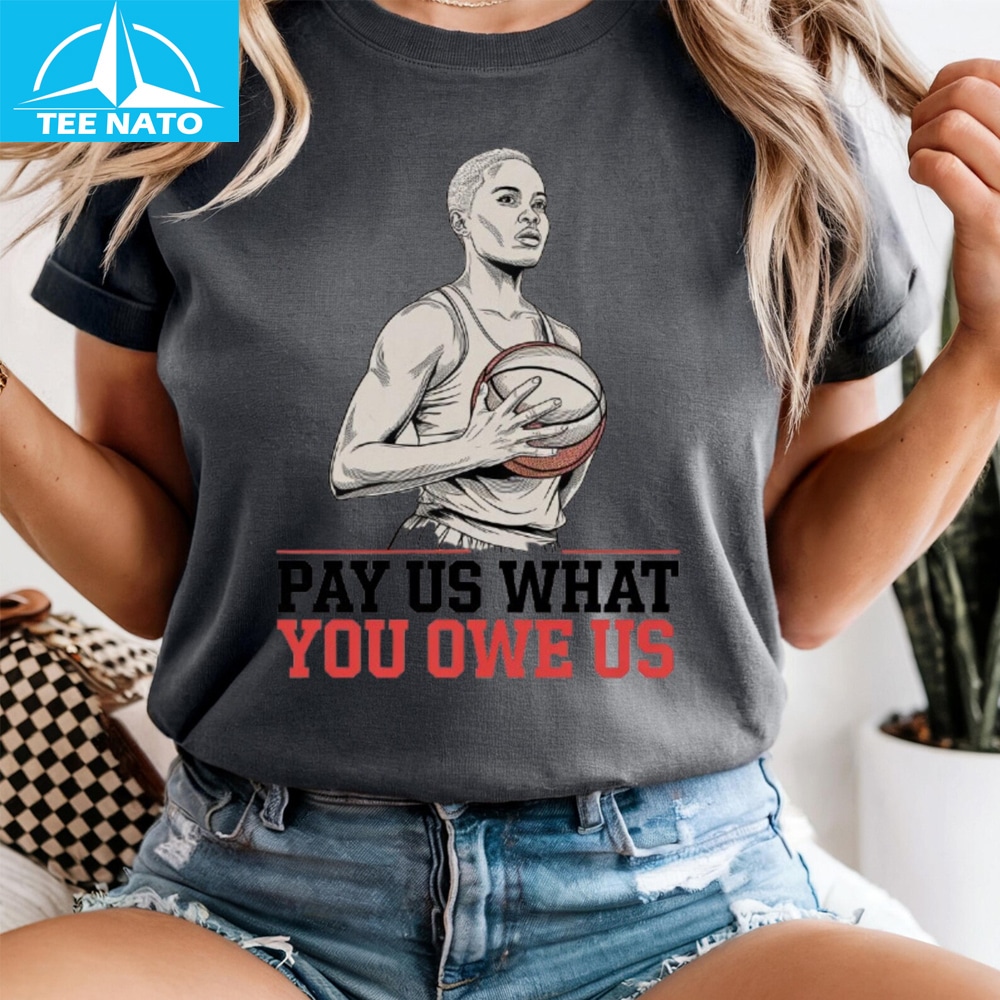

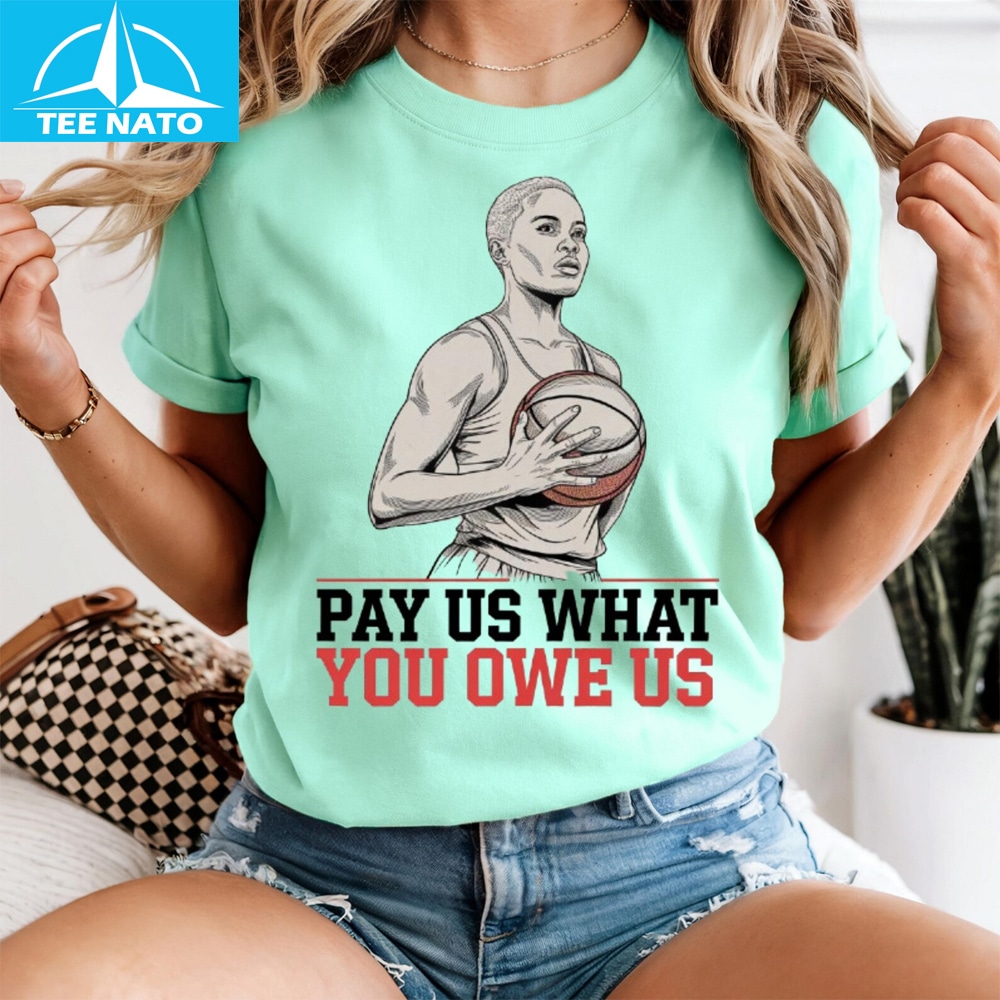
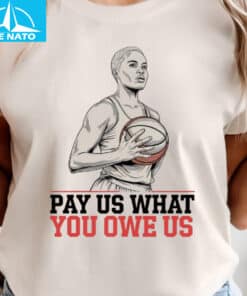
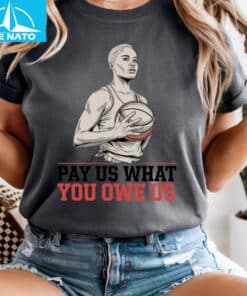
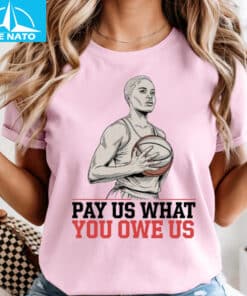



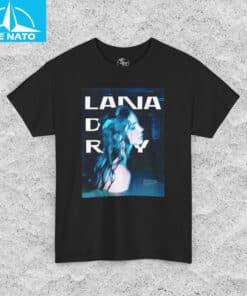
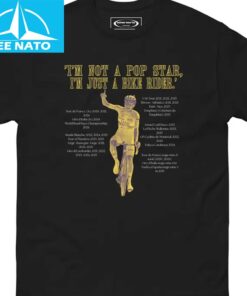
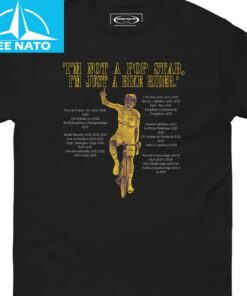

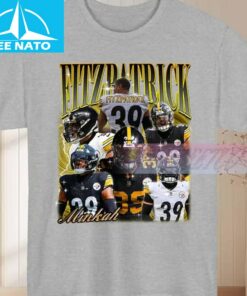
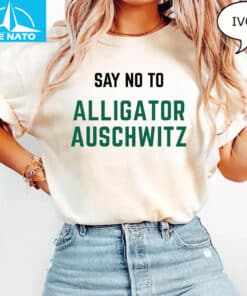
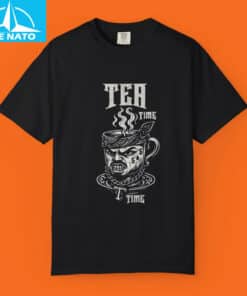
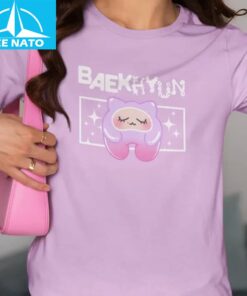
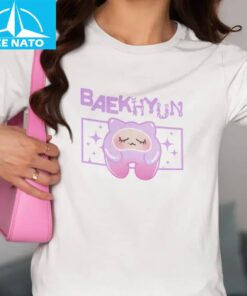
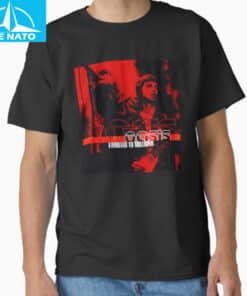
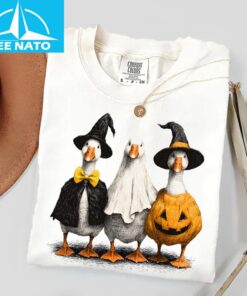
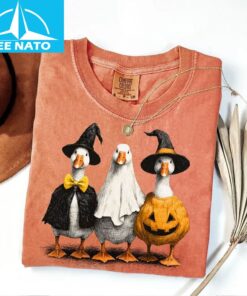









Reviews
There are no reviews yet.